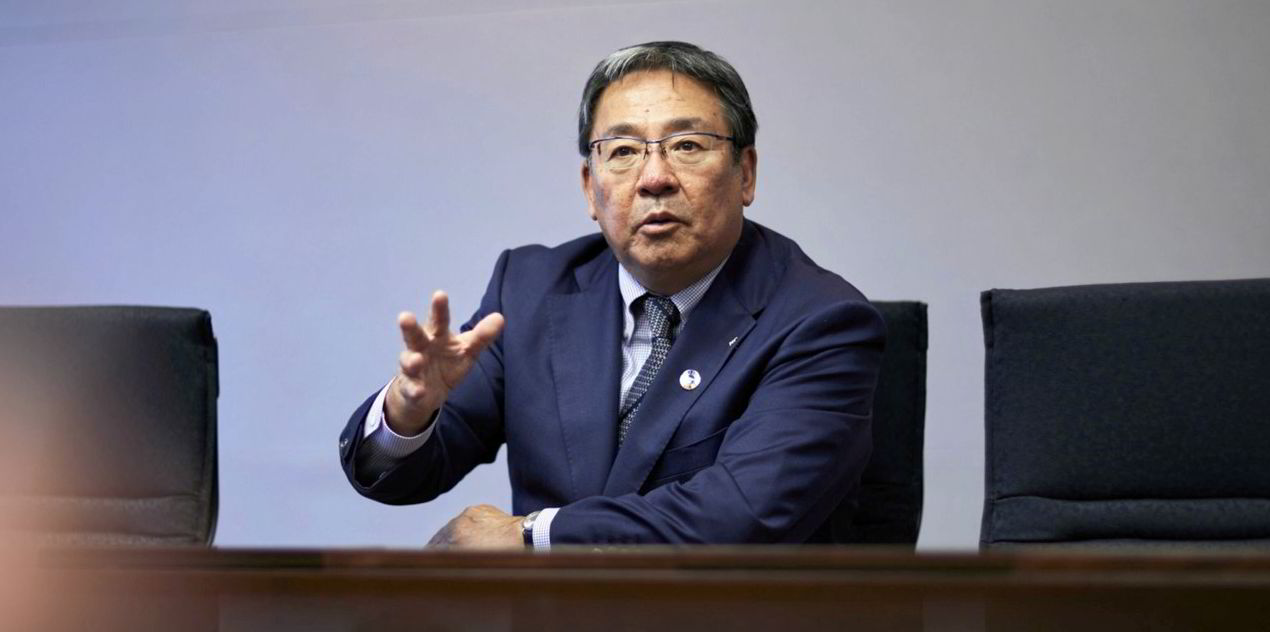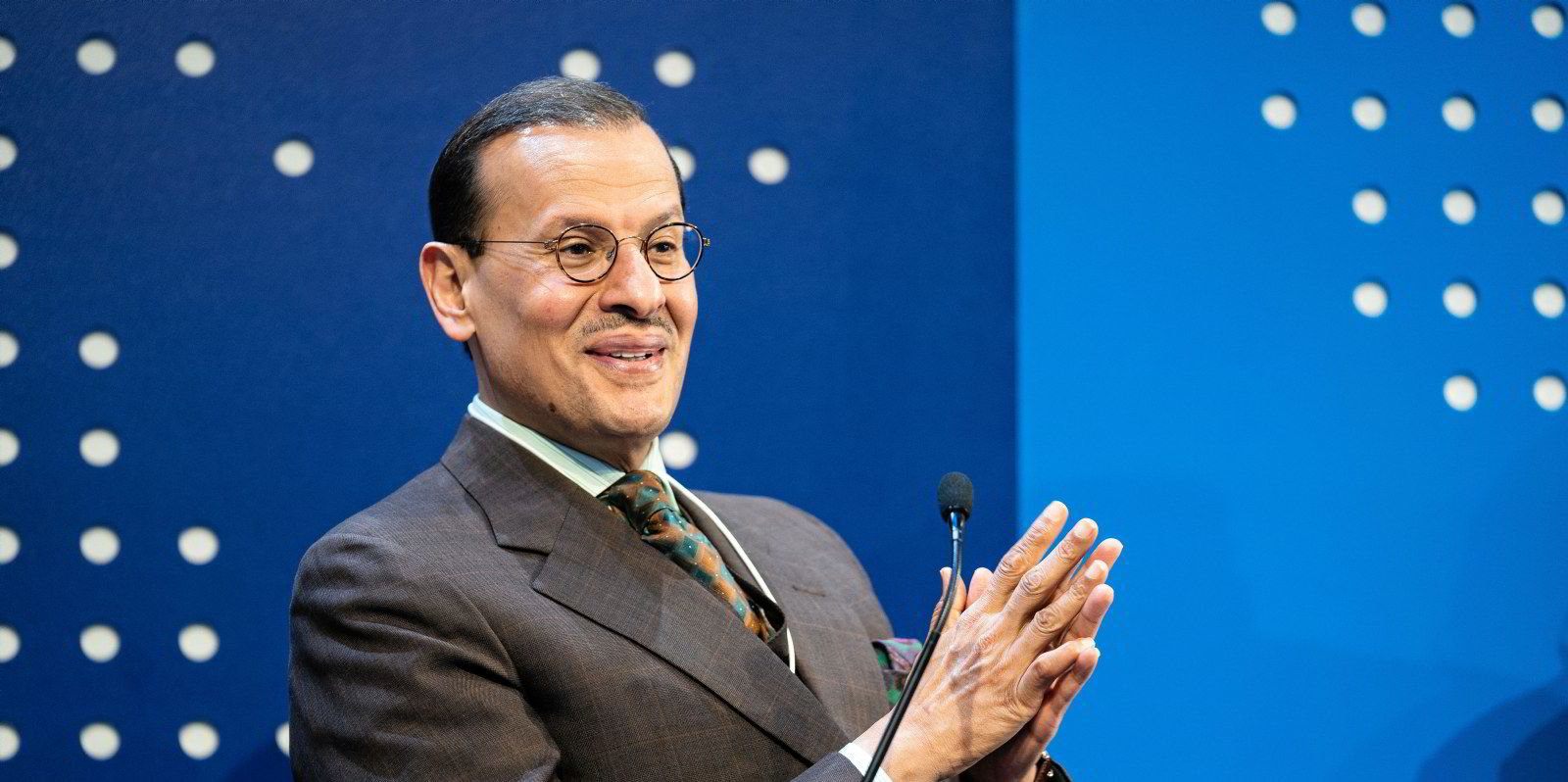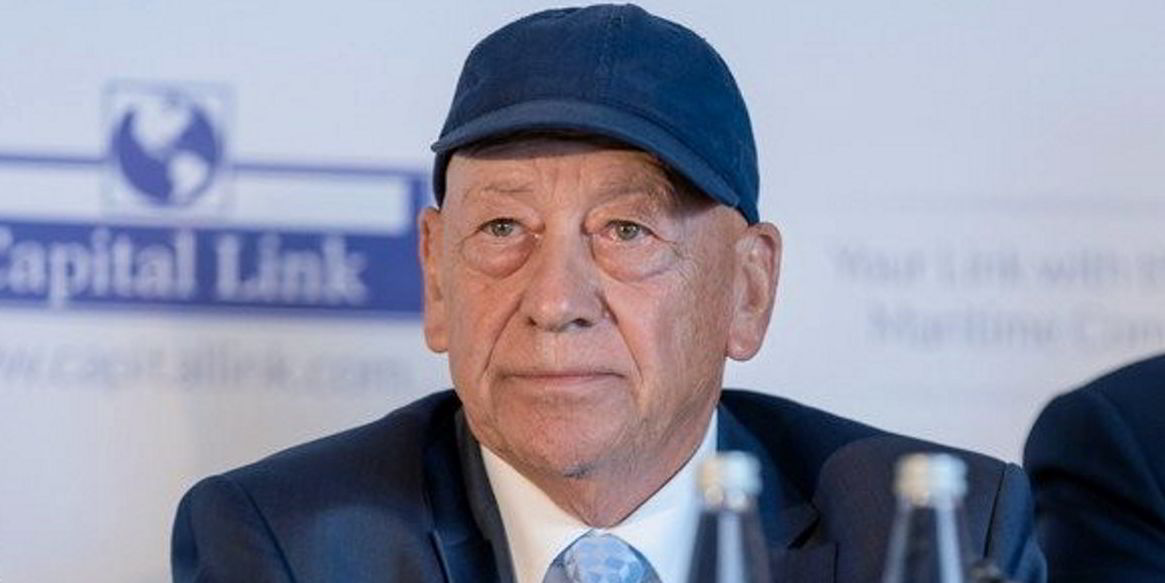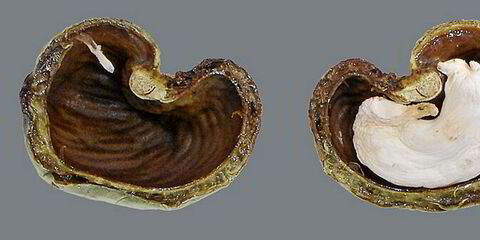Japanese shipping giant NYK is renewing its VLCC fleet with an order for two newbuildings at a domestic shipyard for delivery in 2026.
VLCC orders have been few and far between, with only a handful inked this year, leaving the global orderbook at a little over 20 vessels.
The Tokyo-based company is being linked to an order for two 300,000-dwt crude carriers at Japan Marine United’s Ariake yard, according to shipping sources.
Officials at NYK and JMU were not available for comment.
The price of the newbuildings has not been disclosed.
One tanker broker said Japanese shipbuilders are seeking about $130m for a VLCC using conventional marine fuel.
The broker believes NYK may have received a “special deal” from compatriot JMU and that the negotiations for the tankers might have started some time ago.
NYK’s newbuildings mark the first VLCC deal to be inked by a Japanese shipyard in 2023.
According to Clarksons’ database, 17 VLCCs in total were ordered this year, including NYK’s ships.
Chinese shipyards have emerged as the winners for the ship type, securing 15 vessels. South Korean shipyards have not inked any VLCC newbuildings.
Shipbuilding brokers said there is a price gap of about 10% on VLCCs between Chinese shipyards and rivals South Korea and Japan.
The availability of early delivery slots has also helped the Chinese to win orders.
Although there have been increased contracting levels in the tanker market this year, investors’ money has mainly been directed away from the VLCC market.
The orderbook is at its lowest level for decades, amounting to about 22 vessels and less than 2% of the current trading fleet.
Ralph Leszczynski, global head of research at Bancosta, said the recent tanker orders have focused on the aframax and suezmax sectors, which have benefited from an increase in tonne-miles for Russian exports to India and China.
“This shifts the demand structure away from VLCCs towards suezmaxes in particular, which are needed for these long-haul routes from Russia to Asia, effectively replacing VLCC trades from the Middle East to Asia and West Africa to Asia,” he said.
“Therefore, also on the newbuildings size, we are seeing more interest for suezmaxes,” he said.
Leszczynski said that with a strong spot market over the last two years, shipowners have preferred to look for promptly delivered secondhand tonnage, rather than newbuildings, to take advantage of current spot market conditions.





